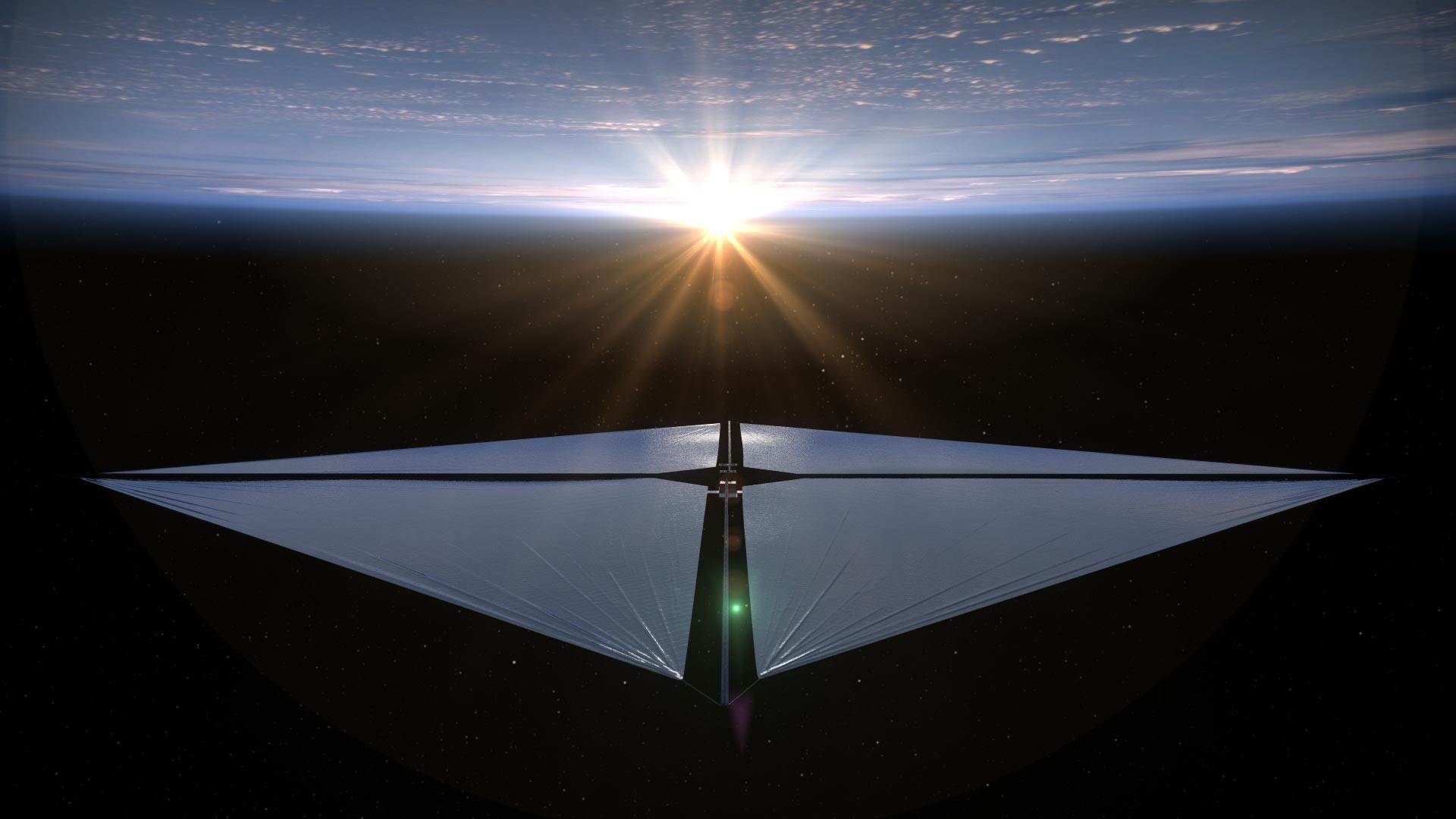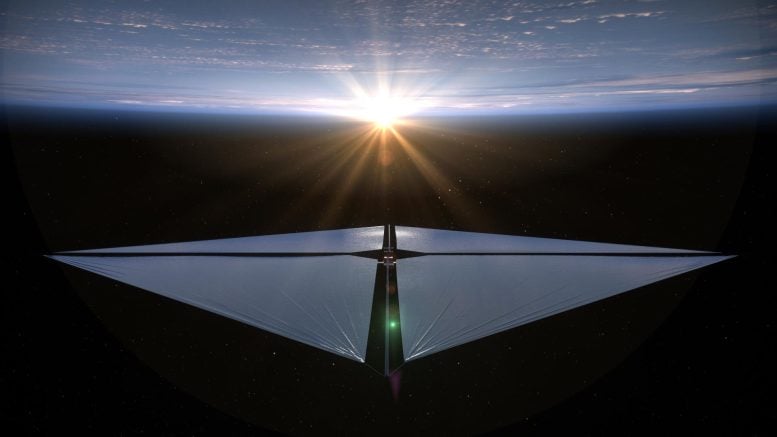

NASA’s Advanced Composite Solar Sail System has achieved full deployment in space, marking a significant milestone with its sail-hoisting boom system now operational.
High-resolution images of the reflective sail and supporting composite booms, captured by onboard cameras, will soon be released, enhancing our understanding of solar sail mechanics. In the coming weeks, NASA will explore the sail’s maneuverability, potentially revolutionizing solar sail-equipped missions for science and exploration by adjusting the spacecraft’s orbit.
Successful Deployment of NASA’s Solar Sail
NASA’s Advanced Composite Solar Sail System is now fully deployed in space after a successful test of its sail-hoisting boom system. Mission operators confirmed success at 1:33 p.m. EDT (10:33 a.m. PDT) on Thursday, August 29, after receiving data from the spacecraft. Centrally located aboard the spacecraft are four cameras that captured a panoramic view of the reflective sail and supporting composite booms. High-resolution imagery from these cameras will be available on Wednesday, September 4.
Testing and Future Applications
During the next few weeks, the team will test the maneuvering capabilities of the sail in space. Raising and lowering the orbit of the Advanced Composite Solar Sail System spacecraft will provide valuable information that may help guide future concepts of operations and designs for solar sail-equipped science and exploration missions.
Observational Opportunities
The Advanced Composite Solar Sail System spacecraft orbits Earth at approximately twice the altitude of the International Space Station. From above, the sail will appear as a square, with an area of approximately 860 square feet (80 square meters) – about half the size of a tennis court. Now, with the sail fully extended, the Solar Sail System may be visible to some keen skywatchers on Earth who look up at the right time.